- IDP China>
- 课程库>
- 商科与管理>
- 数学与统计学>
- 统计>
- Doctor of Philosophy in Statistics - Bioinformatics and Computational Biology
统计学哲学博士-生物信息学和计算生物学
Doctor of Philosophy in Statistics - Bioinformatics and Computational Biology

学历文凭
Ph.D.

专业院系
Department of Biostatistics and Computational Biology

开学时间

课程时长

课程学费

国际学生入学条件
IDP—雅思考试联合主办方

雅思考试总分
6.0
了解更多
雅思考试指南
- 雅思总分:6
- 托福网考总分:60
- 托福笔试总分:160
- 其他语言考试:NA
CRICOS代码:
申请截止日期: 请与IDP顾问联系以获取详细信息。
课程简介
The Department of Biostatistics and Computational Biology at the University of Rochester conducts teaching and research in statistical theory and methodology oriented toward the health sciences. Our unique graduate program is located within a School of Medicine environment and provides many opportunities for stimulating interaction with applied research.<br>The department interprets the term "statistics" very broadly, with specialization available in probability, statistical theory and analysis, biostatistics, and interdisciplinary areas of application. Department faculty participate fully in graduate teaching and individual attention is given to each student through intensive advising, extensive small seminars, and research collaboration. Students have opportunities for supervised teaching and statistical consulting experience. Prior to completing their degrees, most Ph.D. students have several publications underway based on research done in collaboration with faculty members in biostatisticsstatistics and in various medical departments.<br>The program interprets the term “statistics” very broadly and permits specialization in probability, statistical theory and analysis, biostatistics, and interdisciplinary areas of application.<br>Course work in statistics is concentrated in three areas - probability, inference, and data analysis. Beginning students should expect to spend all of their first year, most of their second year, and some of their third year taking formal courses. The balance of time is spent on reading and research. Students entering with advanced training in statistics may transfer credits at the discretion of their advisor and in accordance with University policy.<br>In general, the PhD program requires a minimum of four years of study, with five years of study being more common (see Timeline for Degree Completion). Prior to completion of the PhD, most students have some publications underway, including some work related to their dissertation research, possibly other methodological work done in collaboration with other members of the faculty, and often some applied papers with scientific researchers in other fields.<br>The Bioinformatics and Computational Biology (BCB) concentration is designed to educate the next generation of biostatisticians with the knowledge required to address critical scientific and public health questions, and in particular, equip them with the skills necessary to both develop and use quantitative and computational methodologies and tools to manage, analyze, and integrate massive amounts of complex biomedical data.<br>Students learn core statistical methods and obtain training in data analysis methodologies and computational skills and techniques necessary for handling “Big Data” in the biomedical and public health sciences. In addition to this training in core methods, the program also places great emphasis on cross-training to prepare students to work as part of interdisciplinary teams that require expertise in statistical data science: 1) training students with quantitativecomputational science backgrounds to enhance their understanding of biological questions and biological interpretation; and 2) training students with biomedical science backgrounds to proficiently use bioinformatics and computational methods and tools to address scientific questions.
相关申请
 预科
预科 奖学金
奖学金 实习机会
实习机会 在校学习
在校学习 跨境学习
跨境学习 校园授课-线上开始
校园授课-线上开始 在线/远程学习
在线/远程学习
学校排名

世界排名163
数据源:泰晤士高等教育世界大学排名
关于罗切斯特大学

罗彻斯特大学(罗切斯特大学University of Rochester,U of R)是全美国顶尖的研究型学府之一,在这里提供非常个人化的学习尺度。罗彻斯特大学在顶级研究型大学中,保持着最小有最多的跨院系交流的传统。小型的班级规模加之1:10的低师生比例,使得学生与教职员之间产生更多的互动。作为一所坐落于友善大学城之中,罗彻斯特大学具有全球影响力的顶级自主选课型研究学府,罗彻斯特大学引导学生从广泛的自由度中找到个性化确定的关注点。至毕业时,学生们已学会如何去追求自己的所爱,并将其作为创新的驱动力。师资 和在校学生一样,罗彻斯特大河校区的教授来自美国全境及世界各地。罗彻斯特大学的教授都致力于成为学生终身学术研究生涯中的伙伴。很多学生会跟随一位教授,主修几门课程并加入教授的项目,这些坚定的、富有激情的知名学者们从不将研究与授课分开。 罗彻斯特大学(罗切斯特大学University of Rochester,U of R)的国际师资是有一支为满足学生需求而挑选的精英团队。几乎所有罗彻斯特大学的教授和职员都拥有在各自领域中可获得的最高认证,都有着丰富的经验以引导促进学生学习。罗彻斯特大学希望尽可能提供给每个学生最好的教育,因此实行小班教学,以便让每个学生都能获得导师一对一的指导。平均班级师生比为1:10。英语项目 在某些情况下,没有达到大学英语要求的学生可以参加该大学的学术目的英语课程(EAPP)从而获得有条件录取。EAPP是一门两学期的课程,让学生们有更多的时间专注于英语写作,批判性阅读和研究技能。此课程的重点是开发沟通技巧,为在美国的社会和学术交往做好准备。 学生通过罗彻斯特大学本科申请流程进入EAPP课程。EAPP课程没有单独的申请途径。EAPP课程的目标是通过增强学生在多种学术及社交场合中的英语口语及书写能力,来巩固这所大学的国际成员。此项目通过教授EAPP听说和EAPP批判性阅读,推理和写作课程,全年组织社交活动,以及鼓励参加校园俱乐部和活动获得更多的跨文化交流。研究生院与就业 建校以来,无数罗彻斯特大学(罗切斯特大学University of Rochester)的毕业生成为了诺贝尔奖得主、奥斯卡奖得主、作家、发明家、政府领袖、演员、执行总裁、宇航员及歌剧演唱家。他们贡献于罗彻斯特的传承,并继续积极投身其中,慷慨捐助母校,并指引着新生关于学业和事业的抱负。实习 罗彻斯特大学(罗切斯特大学University of Rochester,U of R)致力于帮助学生获得实习机会借此帮助他们获得经验。提供的资源帮助学生知道他们所需要寻找的实习种类,定位有效的实习职位搜索引擎,以及帮助学生修改简历和求职信。每一步罗彻斯特大学都陪在学生身边。罗彻斯特大学的学生们在洛克希德·马丁公司、波音公司、IBM、微软,雅培实验室、陶氏化学公司等诸如此类的公司获得实习经历。奖学金 所有申请人,无论国籍,都会被纳入绩优奖学金的考虑范围。竞争绩优奖学金
本校相关课程
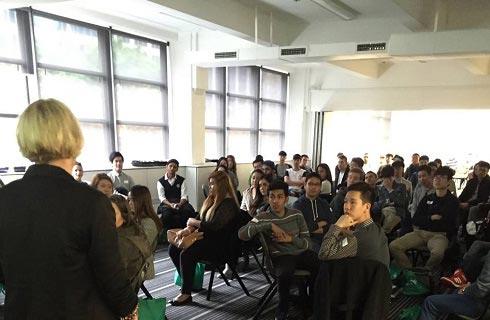
Master of Science in Education Policy
学历文凭
Masters Degree
开学日期
课程费用总额

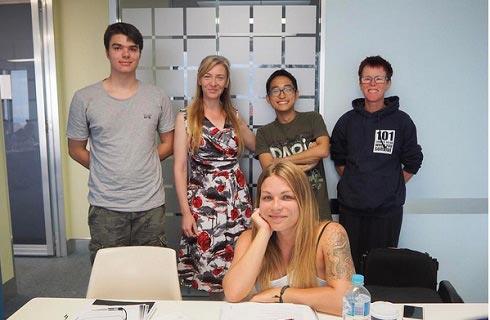
教育管理理学硕士-高等教育学生事务
学历文凭
Masters Degree
开学日期
课程费用总额


教育管理理学硕士-高等教育
学历文凭
Masters Degree
开学日期
课程费用总额


Master of Science in Educational Administration
学历文凭
Masters Degree
开学日期
课程费用总额

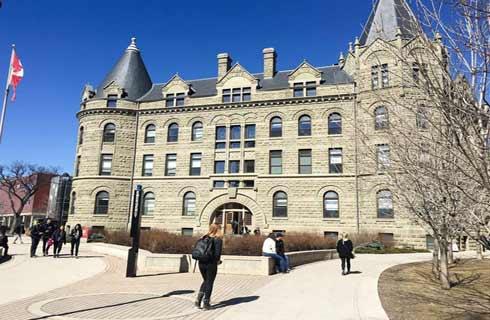
Master of Science in Applied Behavior Analysis and Human Development
学历文凭
Masters Degree
开学日期
课程费用总额


ESOL教学理学硕士(英语对其他语言讲者)
学历文凭
Masters Degree
开学日期
课程费用总额

其他相关课程

统计学哲学博士
 达尔豪斯大学
达尔豪斯大学学历文凭
Ph.D.
开学日期
课程费用总额

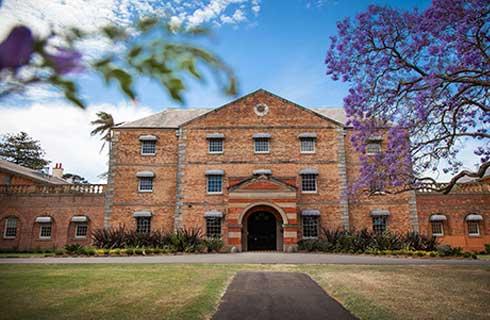
统计学理学硕士
 达尔豪斯大学
达尔豪斯大学学历文凭
Masters Degree
开学日期
课程费用总额


统计学理学学士
 达尔豪斯大学
达尔豪斯大学学历文凭
Bachelor Degree
开学日期
课程费用总额


统计学文学士
 达尔豪斯大学
达尔豪斯大学学历文凭
Bachelor Degree
开学日期
课程费用总额

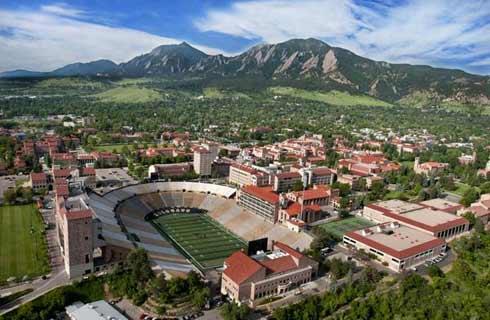
统计学理学学士
 温尼伯大学
温尼伯大学学历文凭
Bachelor Degree
开学日期
课程费用总额


统计学文学士
 温尼伯大学
温尼伯大学学历文凭
Bachelor Degree
开学日期
课程费用总额








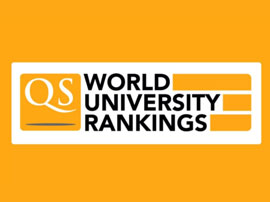












 美国
美国




